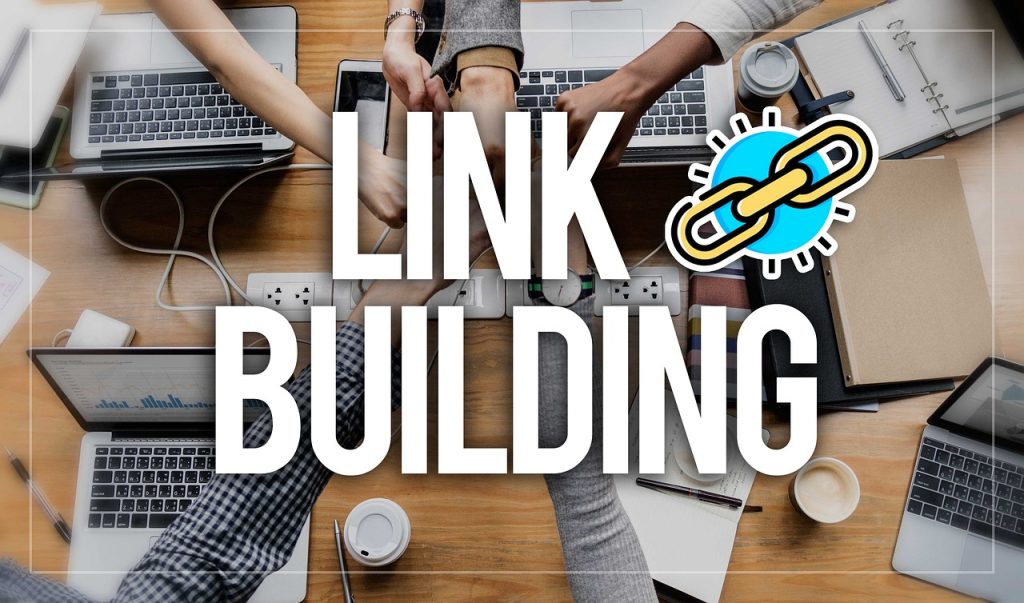Are you a small business owner or marketer trying to rank your website on Google’s first page without relying solely on paid ads? Check out the common mistakes small business owners make when using SEO, which can help you rank your website and get more traffic, leads, and customers to your website without any paid ads.
SEO is a challenge for everyone, but small business owners and freelancers find it difficult to make perfect SEO initially. Even the best SEO strategies take time to get results. We will give you a complete guide for the mistakes small business owners make when using SEO, which will help you avoid mistakes and get a higher ranking on your website.
That beginner guide reveals the most common SEO mistakes small business owners make often; after getting this complete information, improve your knowledge to avoid them and achieve higher search engine rankings.
In this blog, we’ll show you the 10 common SEO mistakes and how to fix them to improve your organic traffic. So, let’s begin.

What is Search Engine Optimization (SEO)?
SEO is the branch of Digital Marketing that deals with improving the position of web pages in search engines’ organic (not sponsored) results. This guide will explain SEO in detail.
SEO is not only used by Google but also by Bing, Baidu, Yahoo!, Yandex, DuckDuckGo, and YouTube.
What is the purpose of SEO?
The main goal is to position your page as high as possible among the first organic search results on Google, regardless of whether it is an e-commerce site, a blog (also see the article SEO for blogs), or another portal. This way, you optimize your page according to the theme and the offer based on appropriate keywords. For example, if you sell women’s bags, keywords such as “buy women’s bags,” “cheap women’s bags,” or similar will be relevant. If your page appears higher in the results of this search, the chances that potential customers will click on it increase.
Why SEO Is It Important for Business Owners?
For business owners, local SEO is essential. Optimize your efforts to stand out in nearby searches, such as “clothing store near me” or “shoe store in [city].” These searches help you connect with potential customers who are ready to visit your establishment.
Without an SEO strategy, your business is less likely to appear in the top results. This limits your reach and reduces your chances of attracting new customers. By investing in SEO, you not only increase your visibility but also strengthen your brand’s credibility and maximize local sales opportunities.

10 Common SEO mistakes to avoid as small business owners
1. Not Optimizing Meta Tags (Title and Description)
Meta tags are a fundamental step for Google to understand your post and how important it is to attract clicks in search results.
🔴 Mistake: Not including keywords in the Title and Meta Description or leaving them blank.
✅ Solution: Write compelling titles with relevant keywords and meta descriptions that entice users to click.
Example of a good title: “SEO Mistakes to Avoid | Complete Guide 2025”
📌 Example of a bad meta description: “Learn more about SEO here.” 📌 Example of a good meta description: “Discover the most common SEO mistakes and how to fix them to improve your Google rankings.”
2. Not Optimizing Loading Speed
Google considers loading speed to be a key ranking factor.
🔴 Error: Having a slow website that takes more than 3 seconds to load.
✅ Solution:
Use tools like Google PageSpeed Insights to detect problems.
Optimize images by reducing their size and using WebP format.
Minify CSS, JavaScript, and HTML.
Use cache and fast hosting.
📢 Fact: 53% of users abandon a website if it takes more than 3 seconds to load.
3. Not Having a Mobile-Friendly Website
Mobile SEO is important for every website, as Google uses mobile-first indexing. Now, the maximum number of users are opening sites or videos on mobile.
🔴 Error: A website that doesn’t adapt well to mobile screens.
✅ Solution:
- Use a responsive design that adapts to all devices.
- Check mobile compatibility with the Google Mobile-Friendly Test.
- Avoid intrusive pop-ups.
📢 Fact: More than 60% of Google searches come from mobile devices.
4. Duplicate Content
Google penalizes duplicate content because it confuses search engines.
Some people copy content from other websites and post it on their websites, which never rank on Google.
🔴 Error: Copying content from other pages or repeating the duplicate content too much within your website.
✅ Solution:
- Use tools like Siteliner or Copyscape to detect duplicate content.
- Create original and valuable content for users.
- If you have duplicate content, use canonical tags to indicate the main version.
📢 Tip: Avoid copying product descriptions directly from the manufacturer.
5. Not Optimizing URLs
URLs should be clear, short, and SEO-optimized.
🔴 Error: Using long URLs or URLs with unnecessary characters, such as: ❌ “www.yoursite.com/p?id=879544ref=abc”
✅ Solution:
- Use keyword-friendly URLs: ” www.yoursite.com/common-seo-mistakes “
- Avoid using numbers and strange characters.
6. Not Optimizing Images
Images are also part of SEO. Small Business Owners should not focus on the images when they make a blogpost, but an image ranks your blog post at the top.
🔴 Error: Uploading uncompressed images or images without ALT attributes.
✅ Solution:
- Compress images with tools like TinyPNG or Squoosh.
- Use ALT attributes with keywords to improve accessibility and SEO.
📢 Example: ❌ data-alt= “image1.jpg” ✅ data-alt= “Common SEO Mistakes and How to Fix Them”
7. Not Having an Internal Link Structure
Internal links help distribute authority within your website and improve user navigation. Internal links are not only for getting backlinks; they also keep your visitors long on your website. They can read your blog and move to other posts or pages.
🔴 Error: Not linking between internal pages or using too many broken links.
✅ Solution:
- Use strategic internal links between relevant articles and pages.
- Check for broken links with tools like Screaming Frog or Google Search Console.
📢 Example: In this article about SEO mistakes, we could link to our guide on “How to rank a business on Google. “

8. Not Using Headings Correctly (H1, H2, H3…)
These business owners make these mistakes when using SEO because they forget that Headline Headings help structure content and make it easier for users and Google to read.
🔴 Error: Using multiple H1s on the same page or not including headings in the content.
✅ Solution:
- Use only one H1 per page.
- Use H2 and H3 to break up sections and improve user experience.
📢 Correct example: ✅ H1: SEO Mistakes to Avoid ✅ H2: Most Common Technical Errors ✅ H3: Indexing Problems and How to Fix Them
9. Not Tracking SEO
You won’t know which strategies work if you don’t analyze the results. However, a small business owner or a beginner SEO Expert never tracks past blog posts, what is going well, and what is going down.
🔴 Error: Not monitoring website traffic and ranking. ✅ Solution:
- Use Google Analytics to view user traffic and behavior.
- Use Google Search Console to detect indexing errors.
- Monitor keywords with tools like Ahrefs or SEMrush.
10. Targeting the Wrong Keywords
: This is the last one even. Not only small business owners make this mistake when using SEO, but also some expert SEO persons sometimes use the wrong Keywords
However, choosing the right keywords is the foundation of any successful SEO strategy. If you target terms that are too broad, too competitive, or irrelevant to your audience, you’ll struggle to rank — and even if you do rank, the traffic won’t convert.
🔴 Error: Targeting keywords with high search volume but low relevance or high competition (like just going after “SEO” or “digital marketing” with a brand-new site).
✅ Solution:
- Focus on long-tail keywords that are more specific and have lower competition.
- Use tools like Google Keyword Planner, Ubersuggest, or Ahrefs to research keyword difficulty and intent.
- Understand your audience’s intent — are they looking for information, comparison, or to buy?
📢 Example:
❌ Bad keyword: “marketing” (too broad)
✅ Good keyword: “affordable SEO services for small businesses” (specific, intent-driven)
Conclusion
So, if you are looking to rank your webpage on Google, it’s the first page — especially for small business owners juggling many tasks. But by avoiding these common mistakes.
You are not alone in the market; many competitors are behind you. From optimizing your meta tags and images to choosing the right keywords and tracking your results, every small improvement adds up to better visibility and more traffic over time.
Remember, SEO isn’t about quick wins — it’s a long-term strategy that rewards consistency, quality, and attention to detail. Start by fixing the basics, stay updated with best practices, and, most importantly, focus on creating value for your audience.
Learning from these mistakes and applying the right strategies will set your business up for sustainable online growth. 🚀
